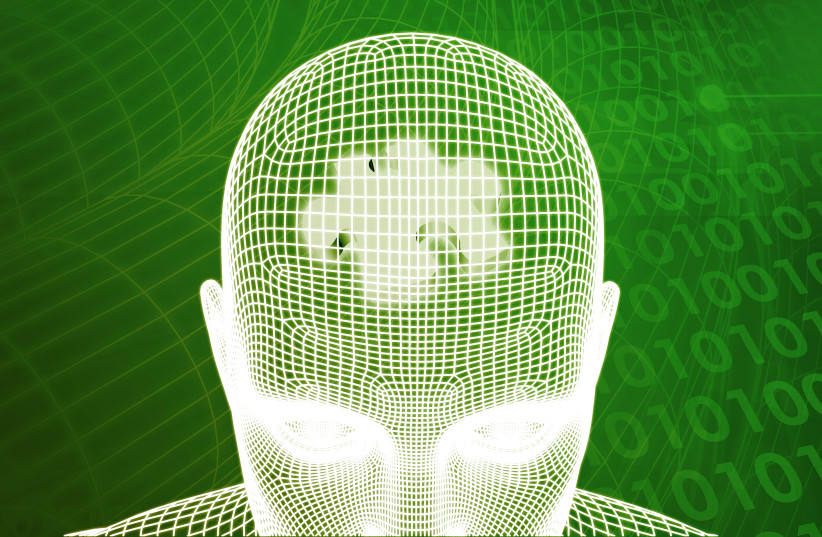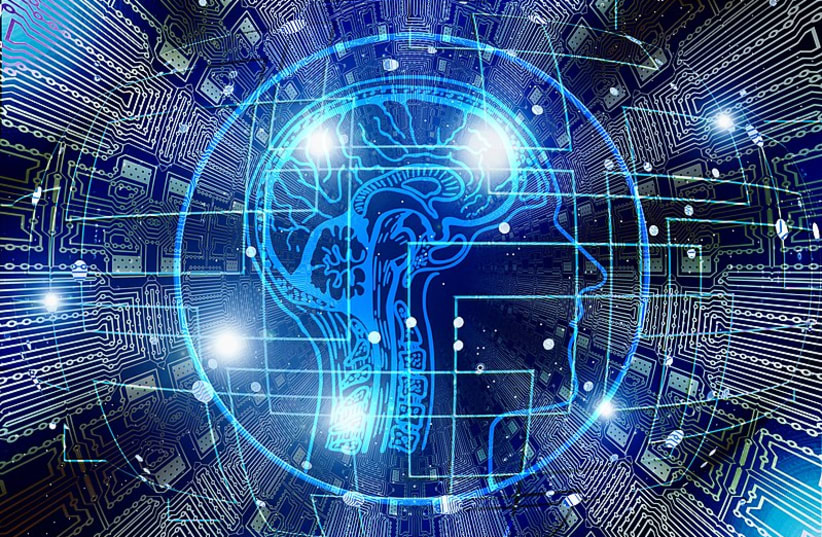We are all familiar with humanless business operations: Autonomous humanless parking garages, websites that sell courses based on recorded videos, products delivered to a customer by a third party, software as a service (SaaS) that provides software over the internet, automatic kiosks and many other examples.
Strategic and structural changes and new product designs will still be performed by humans; however, daily operations will run automatically. The new organizational entity will know exactly what it has to do and how to monitor and analyze its business performance, make decisions and implement improvements.
How will it work?
The solution will be achieved when we are able to create smart software that will understand its own capabilities: the functions it knows how to perform.
Humanless business systems need computing infrastructures, communication capabilities, databases and software sub-systems in order to operate.
Most importantly, the software must have social abilities in interacting with other software: software socialization.


In the next stage of the AI revolution, the AGI stage (detailed below), software with intelligence comparable to that of a human will already learn by itself and will be able to function as a regular employee in numerous fields.
Realizing this vision is closer than we think. Let’s dive deeper.
Software autism
The acute problem with today’s software is their lack of social abilities. In other words, they do not communicate with each other and their use is usually intended for humans.
To enable other software to communicate with them, software must have an API – Application Programming Interface. This interface is designed in a language unique to the specific software and whoever wants to use it has to learn this language.
Connectivity between software is an unending challenge. This is the case because programmers often change the interfaces unilaterally, even narcissistically and in many cases without prior warning. Consequently, until the software code is updated by the programmer of the software using the interface, the software will simply stop working.
An entire and profitable field known as integration and automation addresses this communication challenge between programs. Advanced and robust software solutions, such as Make (formerly Integromat), were developed in order to connect and synchronize communication between the autistic softwares and conduct the orchestra, perform the orchestration.
Instead of every software creating its own language, a universal international language is needed. Thus, every software will present its capabilities and how to use them in a language understood by both people and other software.
Software Sociality – self-descriptive language
When software has software sociality they will then be able to define their social reality (software socialism): colleague software (from the same organization), supplier software, government software and software of potential customers with which the software will communicate.
We are already at the stage where we can communicate with software in natural language (for example, ChatGPT) and; therefore, there is no reason why these programs will not be able to similarly communicate with each other.
The direct, unmediated connection between programs conjures up the movie Avatar and the connection between the brain of the software that is tethered to tendrils hidden in the body of the software being used.
The software sociality stage is the basis of the revolution that will eliminate the need for complex integration between software and automation tools. This will enable the creation of a larger entity: the big robot created through this software symbiosis.
It’s already on the way
A complex software entity will be able to replace the activity of entire departments in an organization. Businesses are comprised of independent departments that communicate with each other and deal with the same recurring issues arising time and again.
By assembling smart software, the software entity that is created will be able to handle any business area that has a limited problem sphere. This includes recurring tasks and processes that can be classified into different templates that do not require creativity and that do not use a gut feeling or engage in person with humans.
Sales
We already purchase products and services online directly from a company and do so without human intervention. The sales back-office will also change in the future when it will be possible to conduct an analysis of the direct and indirect competition and price comparisons using social software that will collect this data from each other, check competitor prices and determine optimal prices.
Customer service and technical support
With the new capabilities of communicating with bots using natural language at the ChatGPT level, we can already use bots to communicate, solve problems, send reports and sell additional services.
Digital marketing is another area in which software has almost entirely replaced humans. The creative aspect of creating content and media is already impressively performed by AI. Software such as DALLE2, ChatGPT and Midjourney generate pictures and text quickly and in large volumes.
Based on these capabilities, the Israeli company D-ID even enables the automatic creation of videos with a virtual narrator. Other software knows how to upload content and advertisements to social media websites and advertising systems in order to manage advertising campaigns, assess what works best and implement improvements accordingly.


Procurement
Price comparisons, sending suppliers a request for proposal (software that talks to each other), paying suppliers and ordering a service/product based on the current inventory can all be performed independently, without human intervention.
Finance
Smart software can perform automatic payment collection, issuing alerts regarding the status of various expense/revenue/collection indicators, preparing documents for the tax authorities, automatically generating and sending document reports, automatic trading on the stock exchange, automatic budget management, and generating profit and loss, balance and cash flow statements.
Computing and cyber infrastructures
Smart software can manage cloud services at the server and resource level based on consumption and need, and can handle the distribution of software and backups.
There are security systems that can simulate hacker attacks and issue alerts in case of security breaches that must be mitigated, as well as systems that provide protection and mitigate various cyber events.
Replacing the manager
Artificial General Intelligence (AGI) is defined as intelligence that can equal or even exceed human intelligence. It can also learn and perform any cognitive or intellectual task that a human can.
Thus, with AGI capability, if we provide the system with infinite business case studies, it will also be able to manage better than we can.
Programming
The capabilities already available today include writing preliminary code and planning simple CRM systems. In the next stage, programmers will be replaced entirely.
The work of product designers, strategists, lawyers and members of boards of directors is expected to continue to be carried out by humans in the foreseeable future.
The takeover
The takeover is expected to occur when businesses will regularly conduct business with other businesses without human intervention.
We’re on the way.
The writer is a digital transformation expert, holding certification in Digital Transformation Leadership from Technion – Israel Institute of Technology. yossi.aviv@gmail.com
